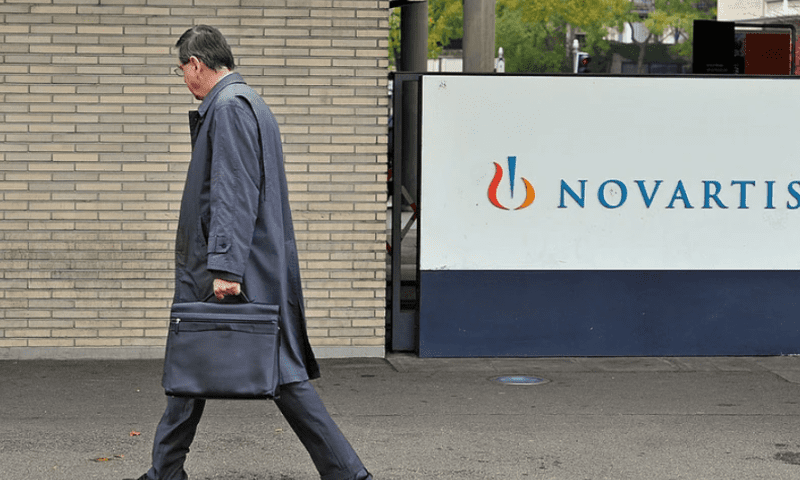The leadership and staffing shake-ups at Novartis continue to define the company’s year, with one of the most significant names yet electing to move on.
Jay Bradner, president of the Novartis Institute for Biomedical Research, is stepping down after seven years in the post. The company’s R&D head has decided to pursue “a next chapter of scientific contribution and leadership outside of Novartis,” according to a release issued Thursday. In related a LinkedIn post, Bradner said this role was one for which he will “forever be grateful.”
“Indeed, we delivered on our promise of biomedicine for those in greatest need of therapeutic solutions to impossible challenges,” he wrote. “And we over-delivered on my most ambitious expectations. I cannot properly express my gratitude to all of my 5,600 incredible NIBR colleagues.”
Novartis has evidently been preparing for Bradner’s departure, with a replacement waiting in the wings. The company has tapped Fiona Marshall, Ph.D, SVP and head of discovery sciences, preclinical development and translational medicine at Merck to lead the institute beginning in November. Prior to joining Merck, Marshall founded and was chief scientific officer at U.K. biotech Heptares Therapeutics, which was ultimately bought by the Japanese pharma, Sosei. She immediately distinguishes herself in the industry as one of the only women to lead all of R&D at a major pharma.
Bradner was only the second head of NIBR, taking the reins in 2015 from Harvard scientist Mark Fishman who helped launch the institute back in 2002. And Bradner similarly came aboard after 10 years on faculty at Harvard within the Dana-Farber Cancer Institute. The institute launched to capture some of the biotech ingenuity displayed across Cambridge and Boston, investing $250 million in the center that Novartis leased from MIT.
Since then, Novartis’ annual revenue has more than doubled, from just more than $23 billion in 2002 to $51.6 billion in 2021. In his farewell post, Bradner says the company filed to launch 75 phase 1 trials and published 90 proof-of-concept studies. Though the significance of Bradner’s role speaks for itself, his name had been absent in recent years from lists of the highest-paid R&D executives. Bradner last appeared in the 2018 version of the top-10 list, making $6.01 million. Income aside, Bradner’s higher-ups applauded his tenure.
“I am deeply grateful to Jay for his invaluable contributions to reimagining how we discover innovative medicines, recruiting world-class scientific leaders and expanding our collaborations with leading biotech companies and academic institutions,” said Novartis CEO Vas Narasimhan, M.D., in the release.
Bradner’s departure atop NIBR is the most notable following a wave of exits last year. In April 2021, the unit’s head of drug discovery for oncology, Jeff Engelman, M.D., Ph.D., left to launch a new cancer biotech. The following month, Peter Hammerman, M.D., Ph.D., who led oncology translational research, left for a biotech exec role himself. Days later, NIBR’s neuroscience lead Gopi Shanker, Ph.D., walked out the door.
This year, the company overall has gone through a significant overhaul and downsizing. Roughly 8,000 jobs globally are slated to be cut and former analyst Ronny Gal was tapped to oversee the company’s forward-looking strategy. In his farewell post, Bradner, citing his predecessor Fishman, acknowledged the changing of the tides.
“Our strategy is strong, the portfolio is calibrated for impact and aligned to Novartis priorities, and the company has the utmost confidence in our industry-leading leadership team,” he wrote. “But, as my beloved predecessor Mark Fishman, M.D., wisely said amidst my arrival: ‘For things to remain as good, things will surely have to change.’”

